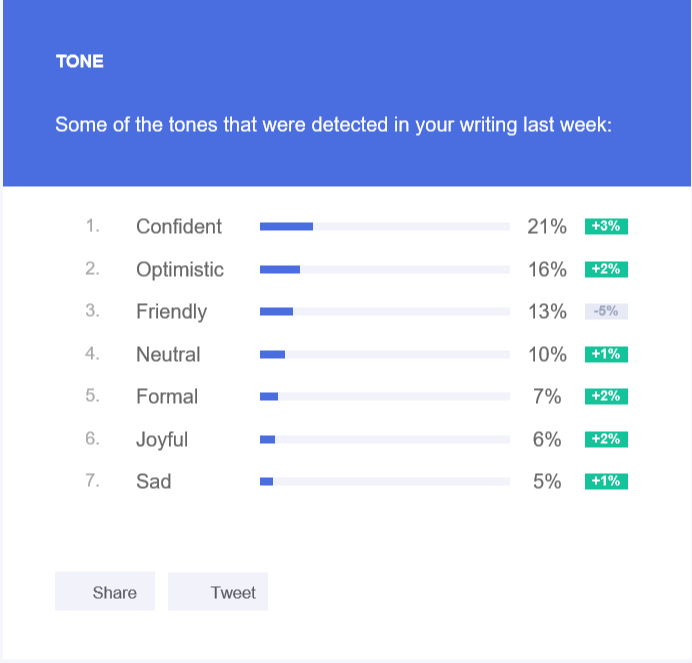Choose to Be Happy by Detaching from Sadness and Cynicism
Two Stoic principles and a journaling routine to help you embrace happiness even in the darkest of times.

Two Stoic principles and a journaling routine to help you embrace happiness even in the darkest of times.
My friends often wonder how I’m “always happy.”
Since I’ve never been good with the spoken word, I fail to explain that I’m not always happy. I’m just really skilled at staying away from sadness.
I don’t think happiness is a choice. Rather, choosing happiness is a skill.
And just like any other skill, you can practise it daily to get better at it. I wasn’t born being always happy. This is a skill I discovered in my journey through life.
Usually, in “How I did it and you can too” articles like this, the author is supposed to prove their advice worked for them (or for the subject of the case study they’re writing about).
But how do I prove the fact that I’m happy most of the time?
Maybe you can take a read through my articles and know a bit of my story? Grammarly would tell you that the tone in most of my articles from the past week is predominantly confident, optimistic, and friendly — all positive emotions.

No matter how hard you try, you can't run away from sadness. Like happiness, it’s an integral part of life. What you can do is embrace it and not let it affect you. Even while surrounded by sadness, you still have the power to choose happiness, and that’s what this article is all about.
I’m going to share what I mean by the concept of always staying away from sadness. I’ll also define the happiness muscle, teach you how to identify it, and start working it out. I’ll share my personalised five-minute daily ritual of choosing happiness that you can adopt in your life. This works for everyone — irrespective of whether you start it today or in 2021, whether you are 60 or 16, whether you make a lot of money or are still looking for a job.
No matter who you are or where you live, you can start choosing happiness today.
The Happiness Muscle
But first, here’s some background. I’d read several studies that say a bad posture is responsible for giving you a backache. But try as I might, I couldn’t maintain a straight back. Slouching came naturally to me. Then, in July 2020, I started doing 30 minutes of abdominal exercises daily. My core muscles became so strong that now I can easily sit up straight for hours without having the slightest hint of backache.
The point I’m trying to make is — no matter where you think you’re lacking, if you work that particular muscle out, it will become strong, and life will get easier.
As James Altucher defines in his book, “Choose Yourself!,” there’s an “idea muscle” in your head that’s responsible for giving you amazing ideas. If you exercise it properly by writing 10 ideas every day, it will become so strong that you won’t have any trouble generating creative ideas on a daily basis.
What if, similar to the “idea muscle,” there’s also a “happiness muscle” in your head? If you practise it by thinking of 10 happy thoughts daily, it will become so strong that you won’t have any trouble finding happiness even in the gloomiest of situations. On a subconscious level, this is something I’ve been doing for a long time. Only in the past year, I’ve made a daily ritual out of it.
How you can apply this
Here’s how you can incorporate the happiness ritual in your life. It might sound deceptively simple, but the results work like magic.
- Fix a time of the day where you can think without interruptions. I usually do it right before going to bed.
- Take a fresh notebook and a pen that makes you feel good about your handwriting. (This is important. I’ve observed that writing on a computer or an app on your phone doesn’t quite have the same effect.)
- Write down five things that made you happy today.
- Pause. Take a deep breath. You must have worked hard. You deserve a small break.
- Then, write down five more things that made you happy during the day.
- When you’re done, read through these 10 amazing gifts the universe gave you today, and be grateful. Whisper five times in your heart, “Dhonyobaad” — the Sanskrit word for “Thank you.”
- Feel the light of positivity burning bright in your chest as you close your notebook and lie down to sleep.
That’s it. That’s all you need to do.
You need to keep this in mind that this won’t work if you skip it. There are absolutely no excuses. On some days, if you don’t have access to a notebook and pen, write it on your phone.
The goal is not to be happy all the time. No matter where you’re at in your life, there will always be sadness. The goal is to focus on happiness — to not let the sadness overwhelm.
Initially, it felt like I was fighting a losing battle. Especially on horrible days when I had no reason to smile, writing 10 things that made me happy was impossible. But I persisted, looking into the deepest recesses of my memory. I found simple reasons like how I had the luxury of not going to an office if I didn’t feel like, how I could eat all the chocolate in the world without having to worry about money, and how I had friends I could call if I wanted to.
The reasons to be happy were small. But I knew I had them, and that served as a shield to thwart the shroud of darkness threatening to overwhelm me. Over time, this ritual has helped me develop a positive attitude. If you stick to it, I’m sure it will work for you too.
“Every man’s happiness is his own responsibility.”
— Abraham Lincoln
Detaching From Sadness
There was a time when I used to get affected by the news so much, I started crying when something bad happened to others. There’s actually a term for it — compassion fatigue, also known as secondary stress, where you feel burdened by the suffering of others.
This was taking a huge toll on my mental health. I used to worry about COVID-19, about the economy of the state, the way the government ran the country — and so much more. This went on for a couple of months, made worse by the sad pictures my friends were posting on social media and the way the world was reacting to this global crisis.
I turned to Stoicism for the solution to this terrible predicament. I found peace when I accepted the fact that we can’t control the world around us, but we can control how we respond to it.
How you can apply this
If you find yourself in a similar situation, remind yourself that there are some things in life you’ve absolutely no control over. The only way you can shield yourself from unnecessary sadness is by letting go of what you can’t control and focusing on all that you can.
“There is only one way to happiness and that is to cease worrying about things which are beyond the power of our will.”
— Epictetus
Most of the time, when I’m sad, I realise it’s when I’m obsessing over things that have already happened or the things that are yet to happen. This is plain overthinking, if anything, and it’s best if you make a habit of avoiding it.
The fundamental idea of the Happiness Mindset is simple: There’s already enough sadness in life. You don’t need to compound it by worrying about things that aren’t directly related to you.
As you keep practising this daily, it will become a part of your mindset. You’d have no problem being happy all the time.
“Worrying means you suffer twice”
— J.K. Rowling
Accepting the Impermanence of Everything
Maybe a part of what makes the world’s obsession with happiness so toxic is that people tend to get attached to it. If they are happy at the moment, they get so fixated on making the happiness last as long as possible that they are devastated when it doesn’t.
How you can apply this
A fundamental principle of Stoicism is that nothing lasts. The sooner you accept this, the better off you’ll be. If you’re sad, remember that the sadness won’t last forever. Don’t try to run away with it, Accept that you’re sad, acknowledge the emotion, and embrace it. The same goes for when you’re happy. Don’t stress over how you can remain happy for as long as possible. Instead, enjoy the present moment, make the most of it, and understand that no matter what you do, this feeling will leave you.
You can’t be happy (or sad) forever.
“Everything’s destiny is to change, to be transformed, to perish. So that new things can be born.”
— Marcus Aurelius
Stoicism is different from cynicism, an attitude that living with life’s happy pleasures is wrong. According to Stoicism, it’s alright to feel whatever emotion (happy or sad) you’ve been feeling as long as you don’t let the emotion control you. Enjoy the pleasures of life, but be prepared for them to leave without warning. Only then will you not be enslaved by the craving to make the sadness go away immediately (or the happiness last forever).
Final Words
There are no short-cuts, no tricks. If you want to be a happy person, you have to bring that happiness from within the depths of your soul. Yes, happiness might be a choice, but the strength to make that choice lies within you.
If you train your happiness muscle hard enough, there will be a time when you’re so rock-solid in your beliefs that not even the worst news can shake you.
